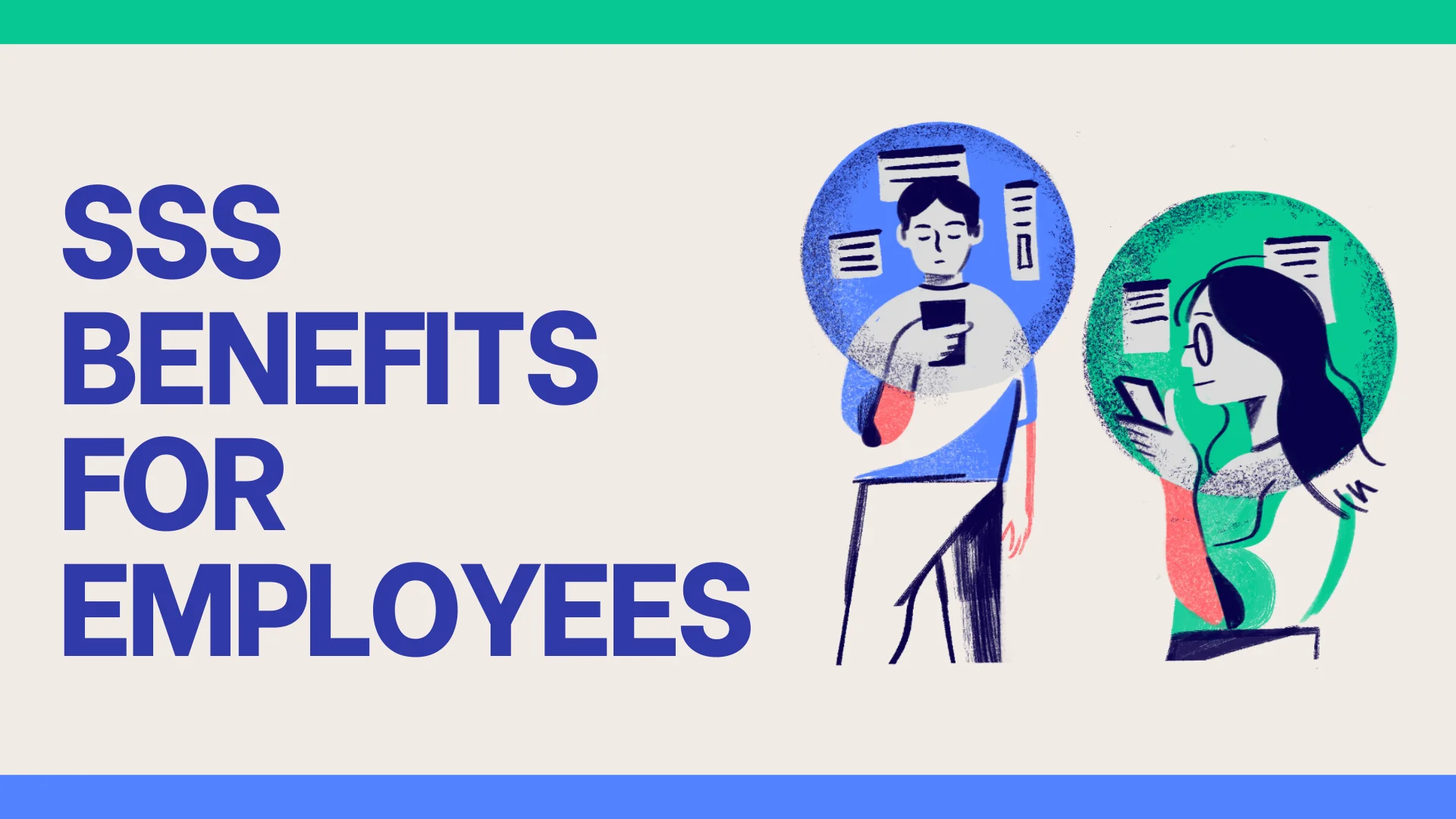
The Social Security System (SSS) is a social insurance program initiated by the Philippines government with the aim of offering a range of benefits to qualified income earners or employees.
SSS members who earn income are mandated to contribute monthly to the fund, with the contribution amount varying based on their salary bracket. Through their monthly contribution, members are eligible for multiple benefits, including sickness, maternity, death, funeral, disability, retirement, and salary loans.
This guide will explore in detail the different types of SSS benefits offered to its members or employees. Therefore, continue reading to enlighten yourself.
Joining the SSS grants access to several benefits that safeguard your financial ability during times of uncertainty. Let me explain in detail the benefits offered by the Social Security System (SSS) to employees:
1. SSS Maternity Benefit
The SSS provides comprehensive maternity benefits to all female members, irrespective of their marital status. These benefits cover all childbirth situations, including stillbirth, live birth, or emergency termination. Simply put, it’s a daily cash allowance provided to female members who cannot work due to childbirth or miscarriage.
The maternity allowance matches your average daily salary credit. However, there are certain qualification requirements that every female member must fulfill to receive maternity benefits. The requirements are mentioned below:
Maternity Benefit Requirement
- The members need to have made at least three monthly contributions within the 1-2 month period just before the semester of childbirth or miscarriage.
- Reporting pregnancy to the employer or directly to the SSS (if not currently employed).
- SSS UMID ID.
- SSS Maternity Notification Form.
- Evidence of pregnancy, miscarriage, or related conditions (such as pregnancy test results signed by a physician, medical certificate, etc.).
2. SSS Sickness Benefit
Sickness benefits for employees are given as a daily cash allowance during periods of inability to work due to injury or sickness. Recipient receive an amount equal to 90% of their average daily salary credit.
Additionally, remember that you must have already used up all sick leaves with pay for the current year to qualify for this benefit. Furthermore, if your sickness is determined to be related to your work, you are also eligible for benefits under the Employee’s Compensation Program.
Sickness Benefits Requirements
- Being unable to work because of sickness or injury and staying at home or in the hospital for at least four days.
- He/she must have paid at least three (3) months of contributions within the 12 months before the semester of sickness or injury.
- Provide medical documents if you have any.
3. SSS Disability Benefit
SSS members who have become permanently disabled, either fully or partially, have the opportunity to apply for an SSS disability grant. With the help of this benefit, you can receive either a monthly pension or a lump sum payment.
The monthly pension ranges between ₱1,000 and ₱2,400. Moreover, eligible members may also receive a supplemental allowance of ₱500 per month.
Disability Benefits Requirement
- You need to have paid contributions for at least 36 months before your disability to become eligible for a monthly pension.
- Additionally, if you have contributed fewer than 36 months, you will receive a lump sum payment for the benefit.
- Disability claim form.
- Medical certificate.
- SSS UMID ID.
- Supporting documents like operating room records, clinical abstracts, ECGs, X-rays, ultrasounds, etc.
4. SSS Death Benefit
Are you entitled to benefits as the primary beneficiary of a deceased SSS member? If so, with the assistance of the SSS death benefit, you are eligible to receive a monthly pension from the agency if the deceased member paid contributions for at least 36 months before the semester of their death.
However, if there are no primary beneficiaries, the lump sum will go to secondary beneficiaries like the parents of the dependents. Additionally, if there are no secondary beneficiaries, the benefit will go to the designated beneficiaries and legal heirs.
5. SSS Funeral Benefit
This benefit is cash assistance for the family or person who paid for the burial expenses of a deceased SSS member. The employer must report the deceased member for coverage.
Furthermore, even those who should have been covered but were not reported by the employer can also claim this benefit. The benefit amount varies from ₱20,000 to ₱60,000, based on the member’s contributions and average monthly salary.
Funeral Benefit Requirements
- For self-employed, non-working spouses, or OFW; at least one contribution payment is needed.
- In addition, for voluntary members who were previously covered as employed, OFW, or self-employed: at least one contribution payment is required.
- File valid ID.
- Death certificate.
- SSS form BPN-103.
- Receipt from the funeral parlor.
- CENOMAR (if single).
- If a member is married provide a marriage certificate.
- Evidence confirming the deceased individual’s SSS membership.
6. SSS Retirement Benefit
If you are 55 years old or older and retiring from SSS, you can choose to receive retirement benefits as a monthly pension or a lump sum (Fix SSS pension not received this month). The monthly pension provides a lifelong cash benefit paid regularly, whereas the lump sum amount is a single payment.
Retirement Benefit Requirements
- You need to have made at least 120 months of SSS contributions before your retirement.
- DDR signature card.
- Retirement claim application.
- Valid ID.
- Certificate from your last employer confirming separation.
- DDR saving account forms.
In conclusion, SSS offers multiple benefits to its members ranging from death, funeral, retirement, disability, maternity, and sickness to unemployment benefits. Each benefit has its own eligibility criteria and specific conditions.
